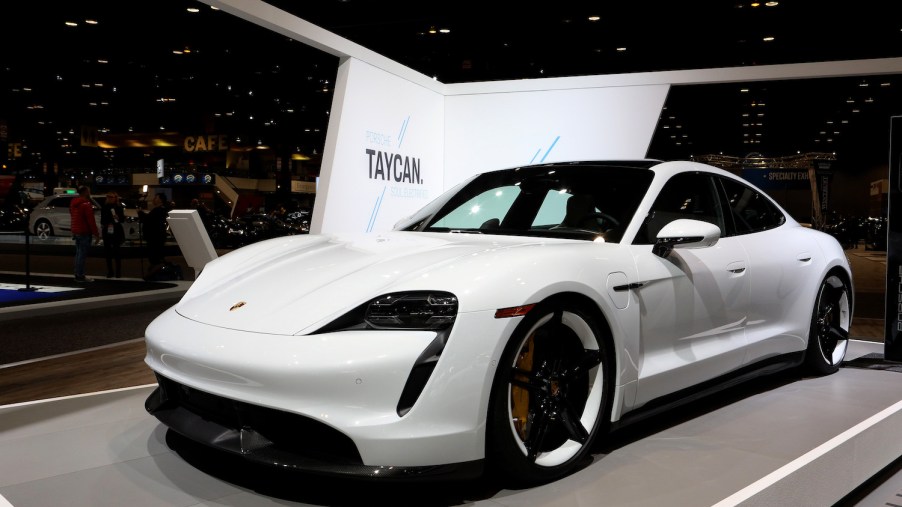
The Fastest Accelerating Electric Cars in the World
Electric cars got a B12 shot over the past couple of decades. One-note car makers like Tesla pushed the envelope, and now electric cars are quick enough to compete against hypercars, and in some cases supersede them. Thankfully hypercars find meaning on the track, where some electric cars haven’t yet caught up. A stock Tesla, for example, still can’t make it around a race track for more than a couple of short Laguna Seca-sized laps, though they may not be far off. However, in a straight line, the competition is fierce with electrified confidence.
From prototype to reality: Rimac Nevera
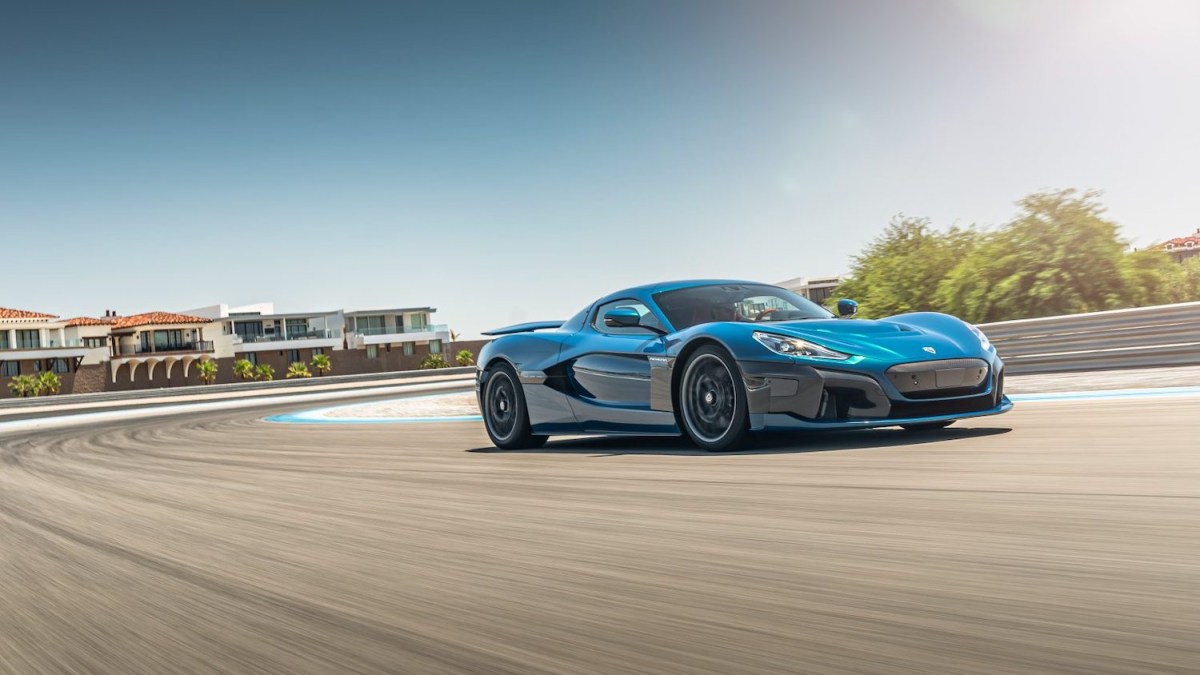
At long last, the road going C_Two, AKA the Nevera from Rimac has arrived. Its website riffs a list of impressive stats, including 1,914 horsepower and 2,360 lb-ft of torque. The Nevera gets to 60 mph in just 1.97 seconds, and its top speed is supposedly 256 mph. Its power derives from one motor per wheel, which allows the Nevera to implement its own torque vectoring technology.
Italian-bred Automobili Pininfarina Battista
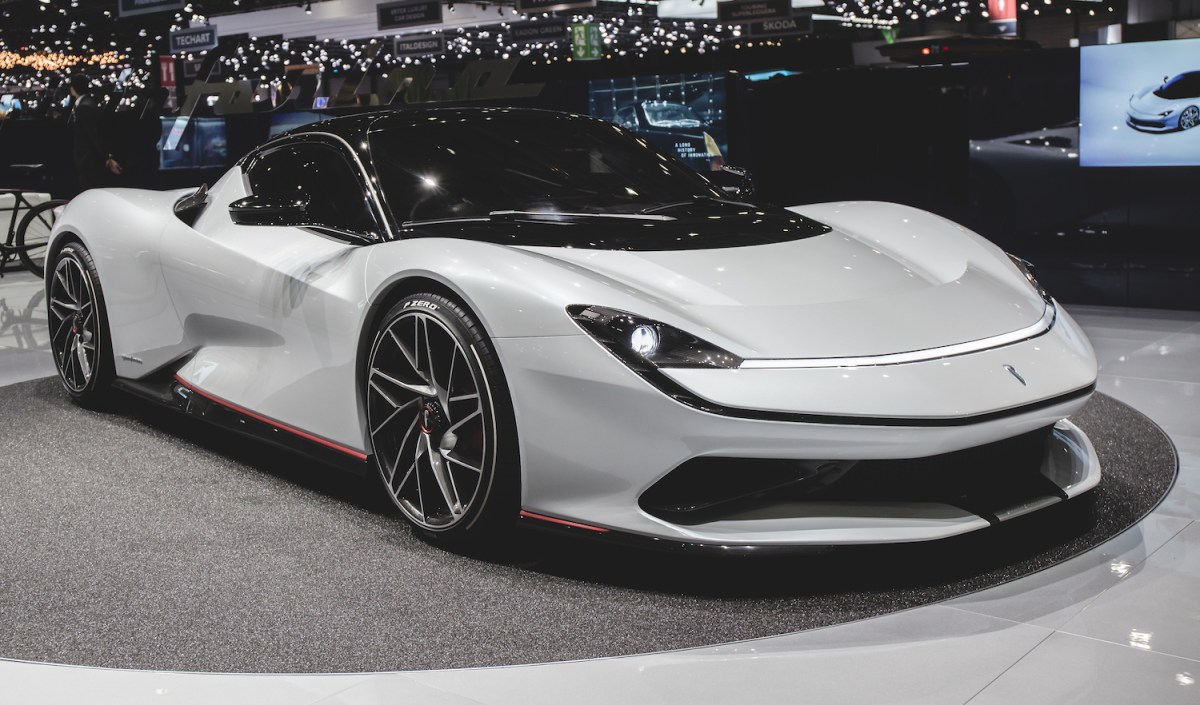
World-famous car designer Pininfarina came out with its own contender for the quickest electric car. Also boasting 1,900 horsepower, the Battista hits 60 mph in 217 mph but gets to 60 mph in just two seconds. Like the Nevera, the Battista also uses a motor for each wheel. It has multiple driving modes, from precision racing to grand touring. Regenerative 6-piston brakes are there to stop the Battista if it gets out of sorts.
Tried and true Tesla Model S/X Plaid
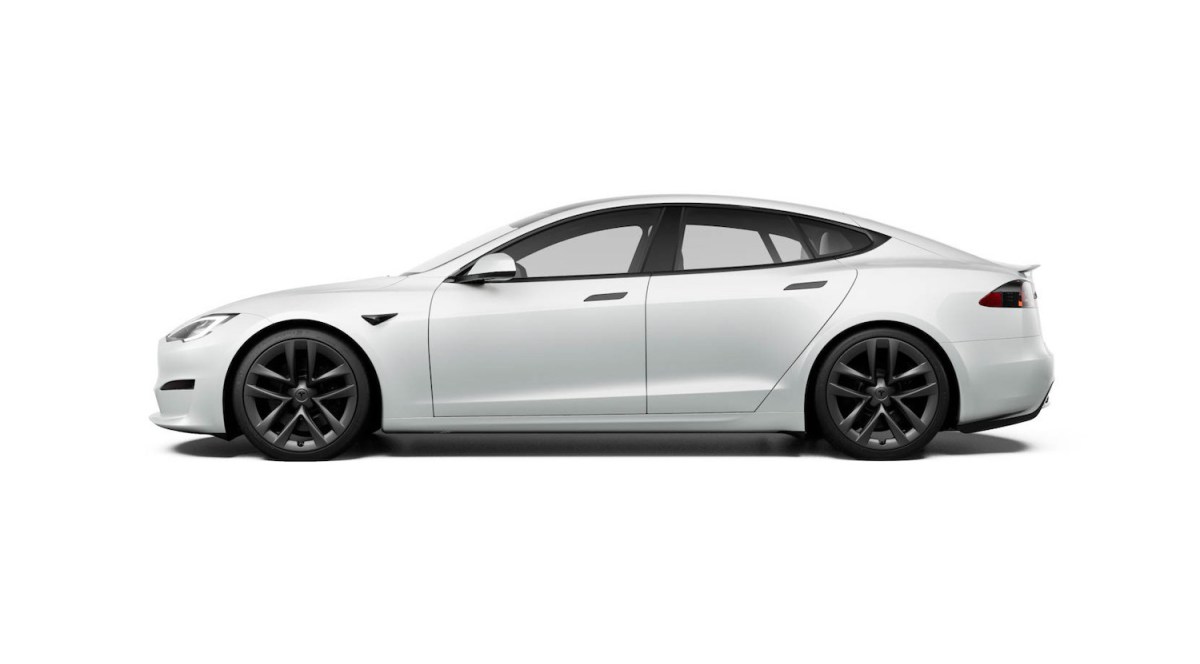
Tesla deserves a lot of credit for building an all-electric car that looks good and goes fast. Its cars also have competitive ranges, and (some) are very affordable. The quickest addition to its lineup is the Model S Plaid. Boasting 1,000 horsepower, it gets to 60 mph in 1.9 seconds, just a hair slower than the Nevera. Tesla’s SUV, the Model X, gets to 60 in 2.5 seconds in Plaid trim.
Lucid’s Air is probably not a hoax
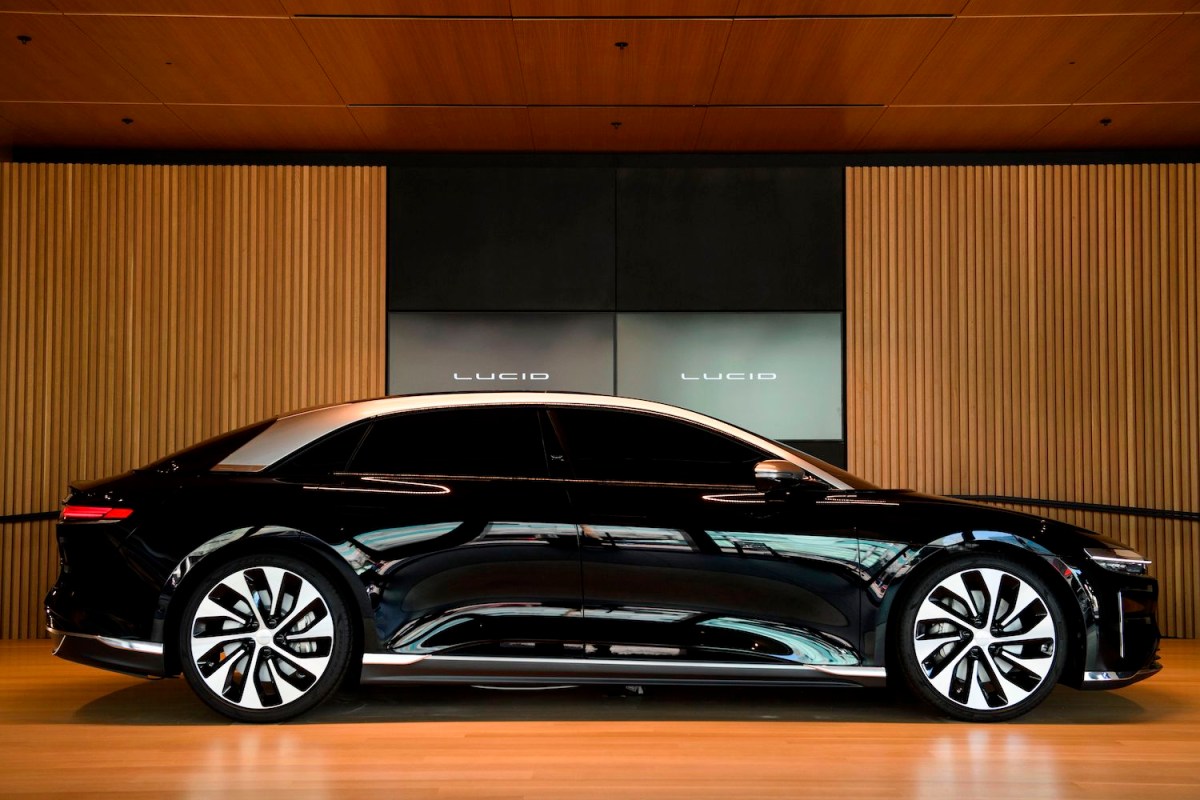
Perhaps dispelling some disconcerting rumors of its legitimacy, Lucid Air finally released a production version of the Air. With 1,080 horsepower, the Air hopes to achieve 60 mph in 2.5 seconds. It’s the only car to challenge Tesla’s performance-per-dollar, starting at $77,000 and working all the way up to its $169,000 Dream Edition. There’s a steep incline, as the car gets more expensive the powertrain increases accordingly. While the base model has 480 horsepower from a single motor, the rest use dual motors and present power ranging from 650 to 1,080.
Porsche Taycan Turbo S breaks the mold for Stuttgart
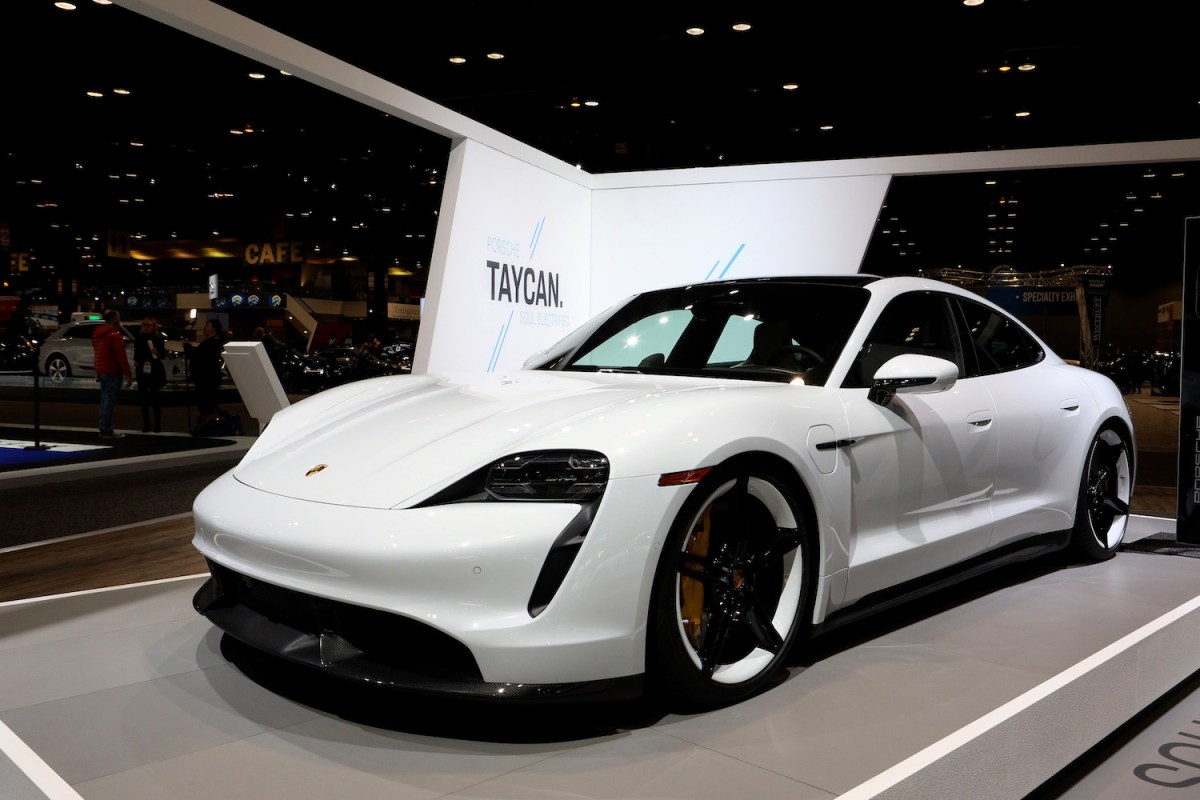
As usual, Porsche put the driver first. The Taycan Turbo S gets 750 horsepower with which to reach 60 mph in 2.6 seconds. The Taycan sets itself apart from other EVs, however, due to its transmission. It uses a two-speed gearbox, the first gear for launches and the second for everything else, like cruising and gliding around mountain passes.
The only proof anyone needs that electric cars are approaching the nirvana of speed are these cars. Granted, they’re all super-fast cars and cost a lot of money, but so does every hypercar, so what else is new?


